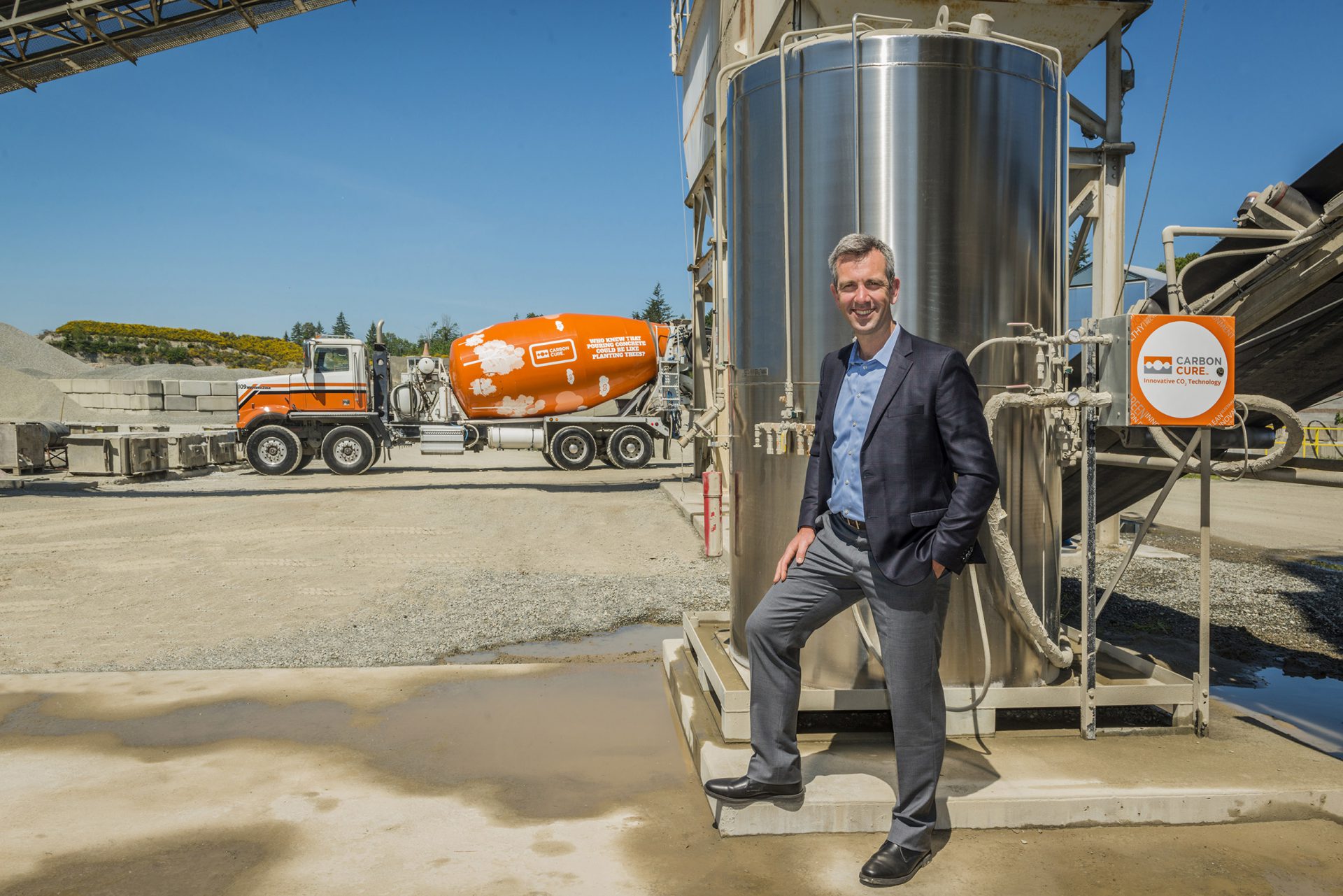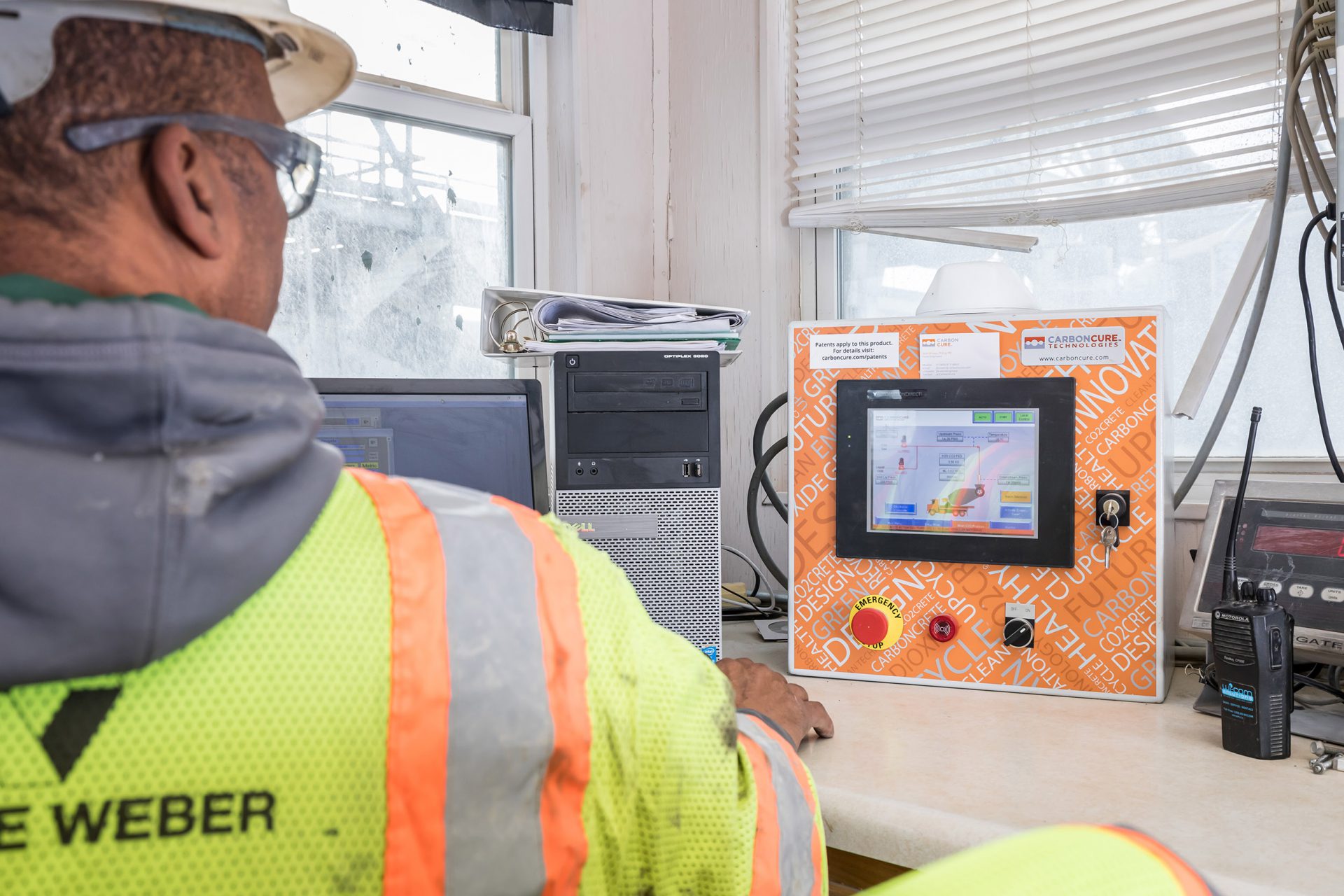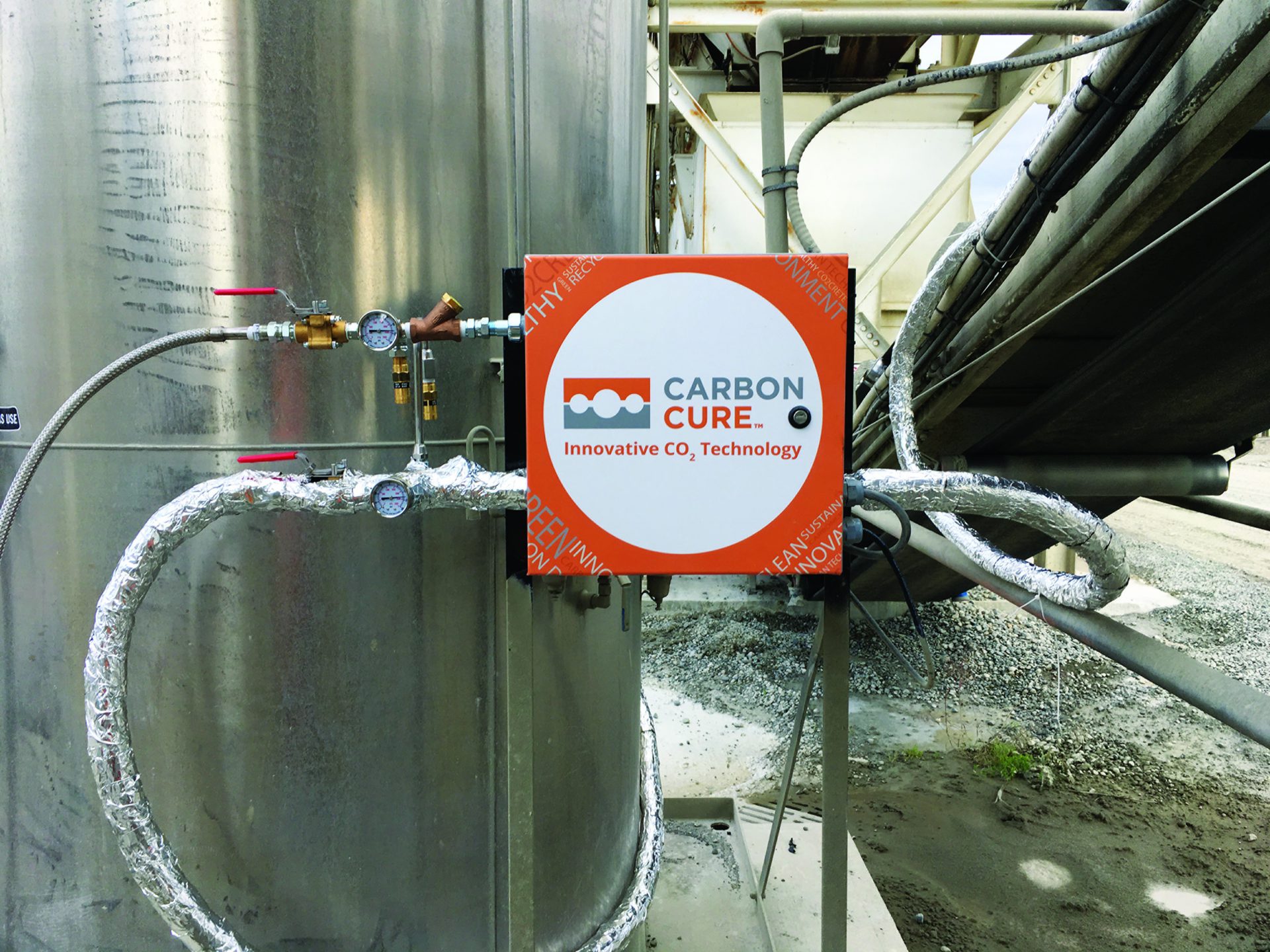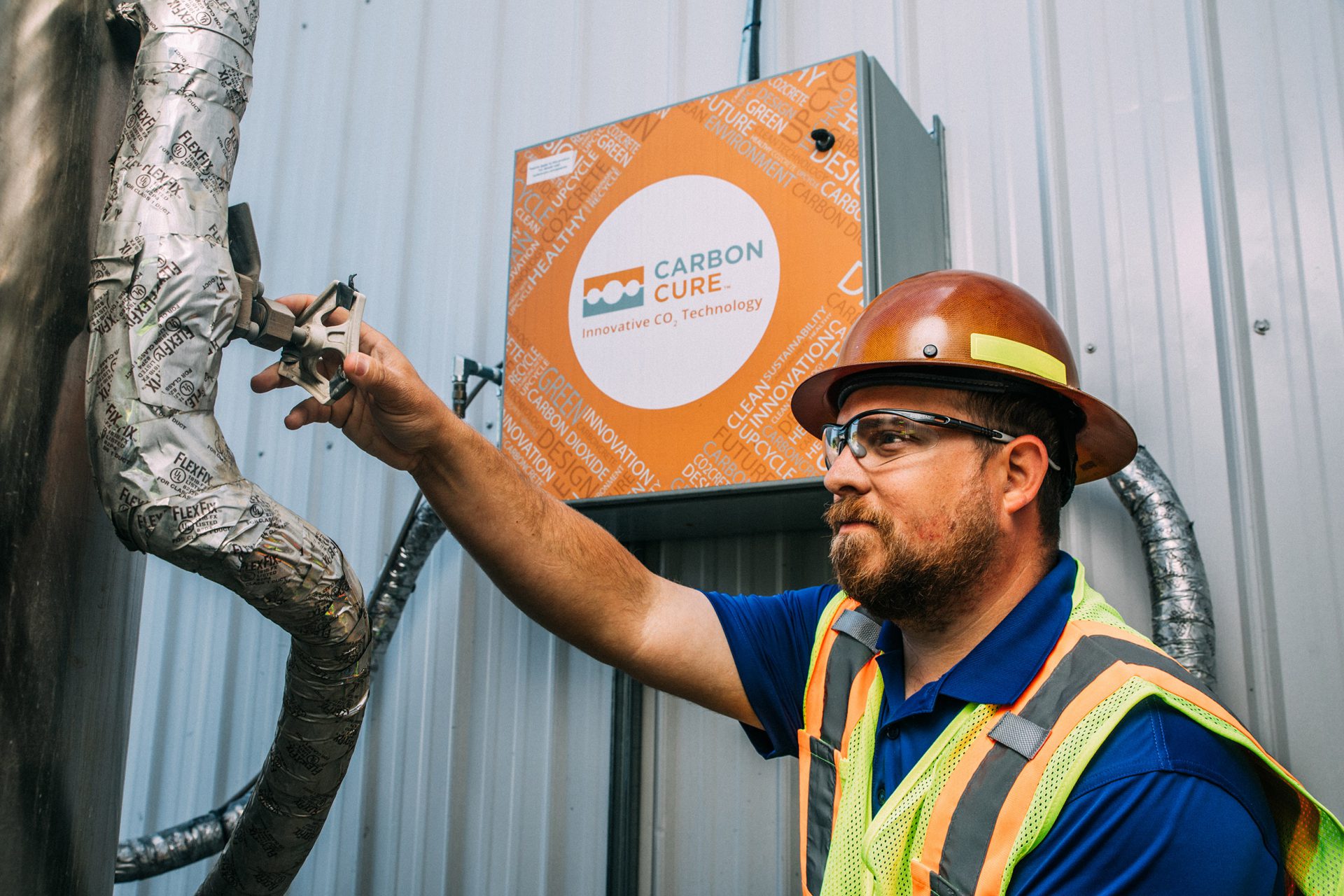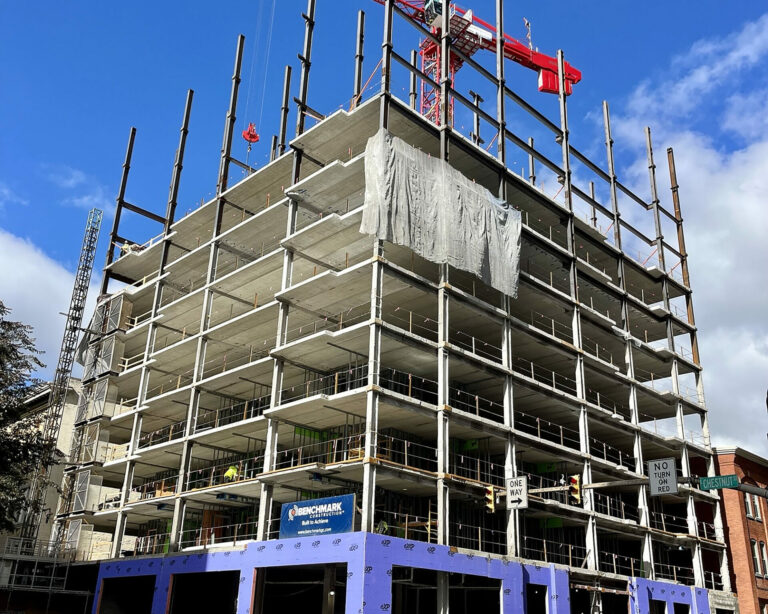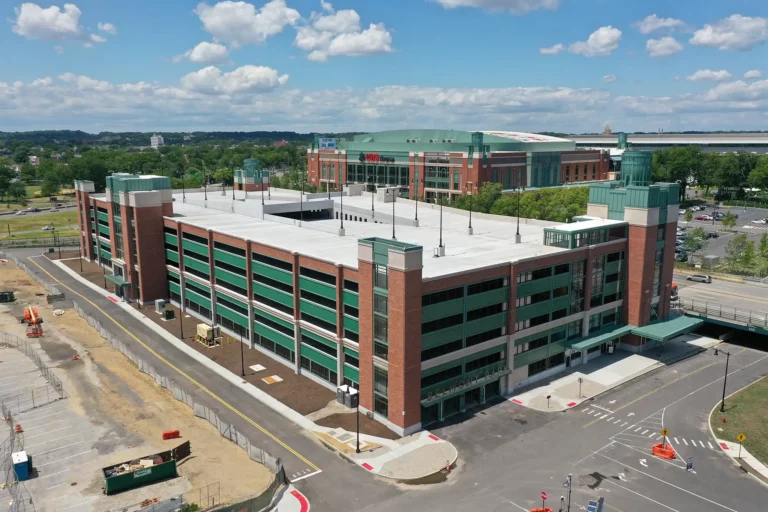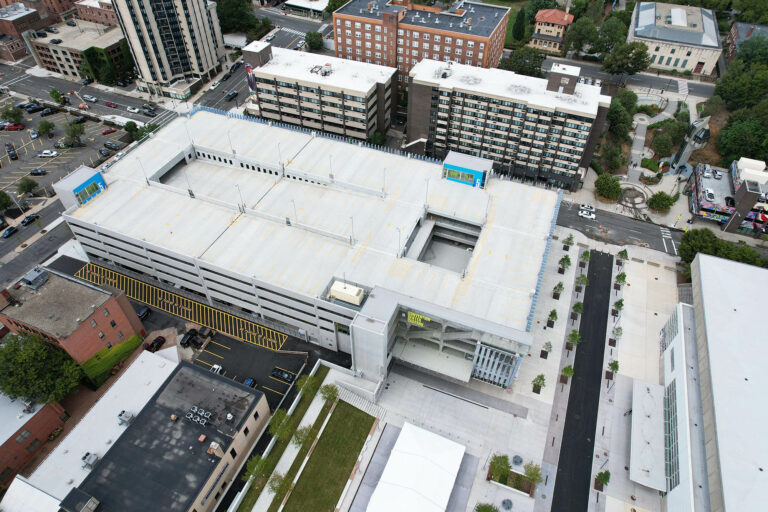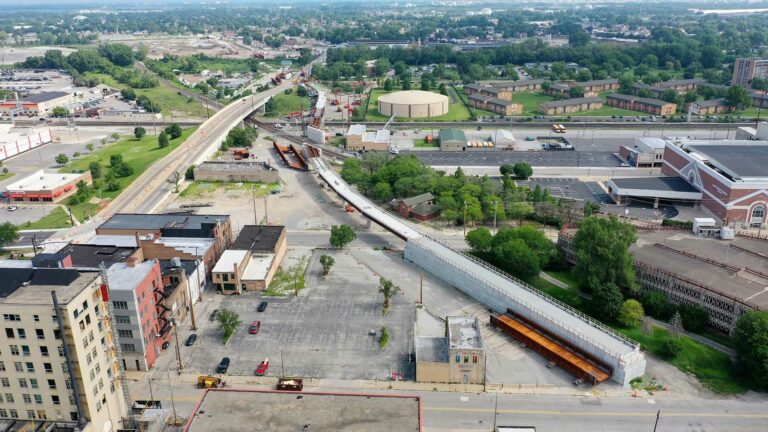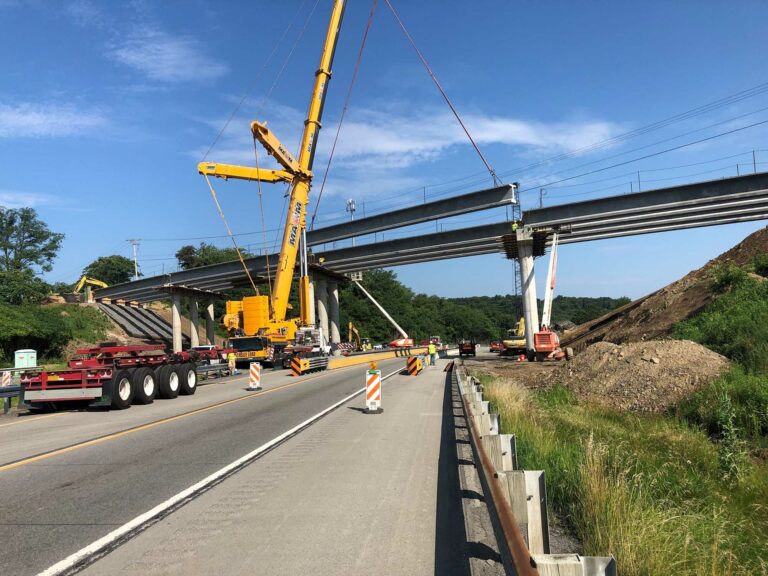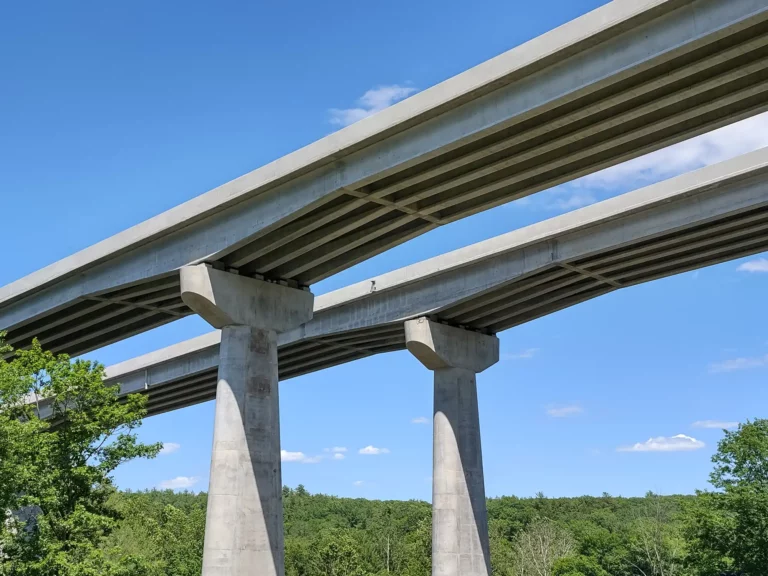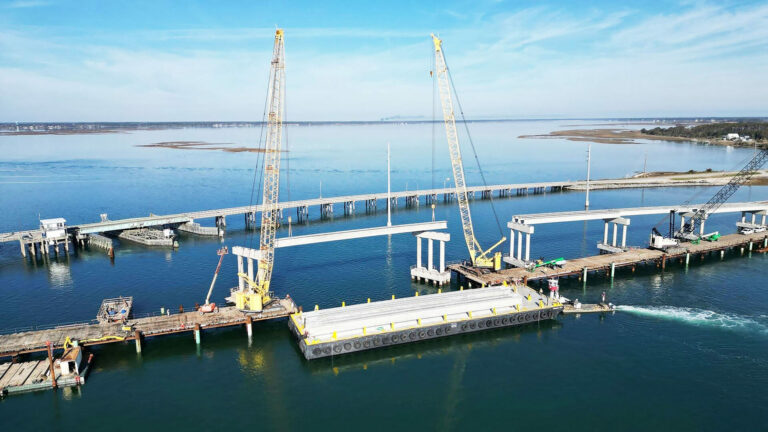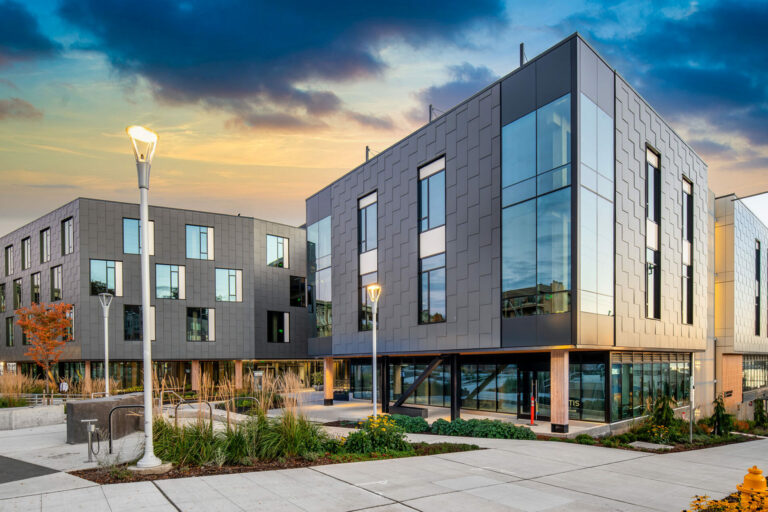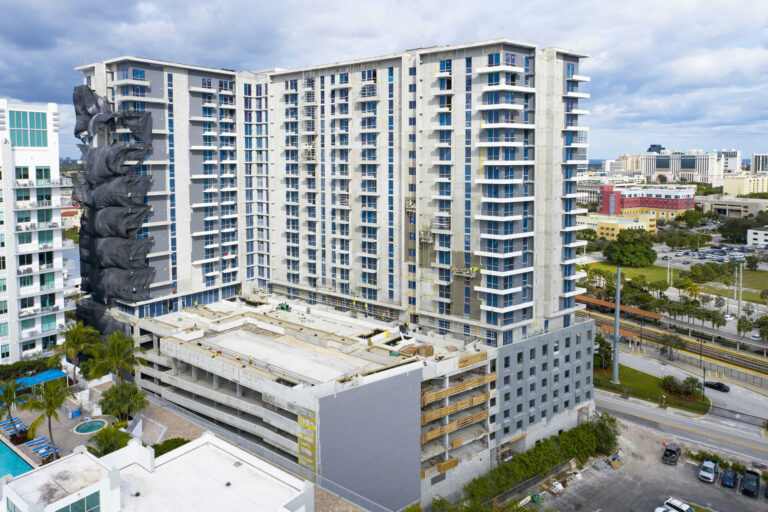Now, more than ever before, sustainability is at the forefront of business operations and it forms part of all essential decisions in terms of productivity and growth. Transparency is now a prerequisite across all industries. It is a core tenet of a modern and connected world and the construction industry is just as accountable as any other. It is now standard practice for companies to take stock of themselves and the effects that their work is having on climate, the world and global supplies of material. Despite the additional level of attention and scrutiny that this may bring, this is undoubtedly a good thing. It is positive for companies and regulators, encouraging for clients and investors and reassuring for a public that is given near daily updates on climate deterioration. Like every other section of society, Construction companies need to look at their contribution. Nobody is exempt and there are aspects of every industry that can be improved.
By most estimates, the world population is expected to grow by over 2bn to nearly 10bn in 2050. The tangible outcome of this from a construction point of view is that it will result in enormous increases across all sectors from building construction to infrastructure, sanitation to transport. One report suggests that the required increase in buildings will be something in the region of 2 trillion square feet. In relative terms, this will be the equivalent of adding one New York City per month, every month for the next forty years. It is reasonable to fear that the effect this work could have on the planet may be catastrophic. The emissions from buildings are two fold, the power required to light, heat and cool a building cause a considerable level of energy. While this can be mitigated in ways through energy efficient methods, it is unavoidable that retro-fitting will be required to meet the targets currently being set in numerous jurisdictions. The other aspect of this work that has enormous impact on the sustainability of construction is the building methods itself, with concrete alone contributing around 8% of the total CO₂ being released annually into the atmosphere. In fact, if concrete were a country, it would be third largest behind China and the U.S. in terms of emissions.
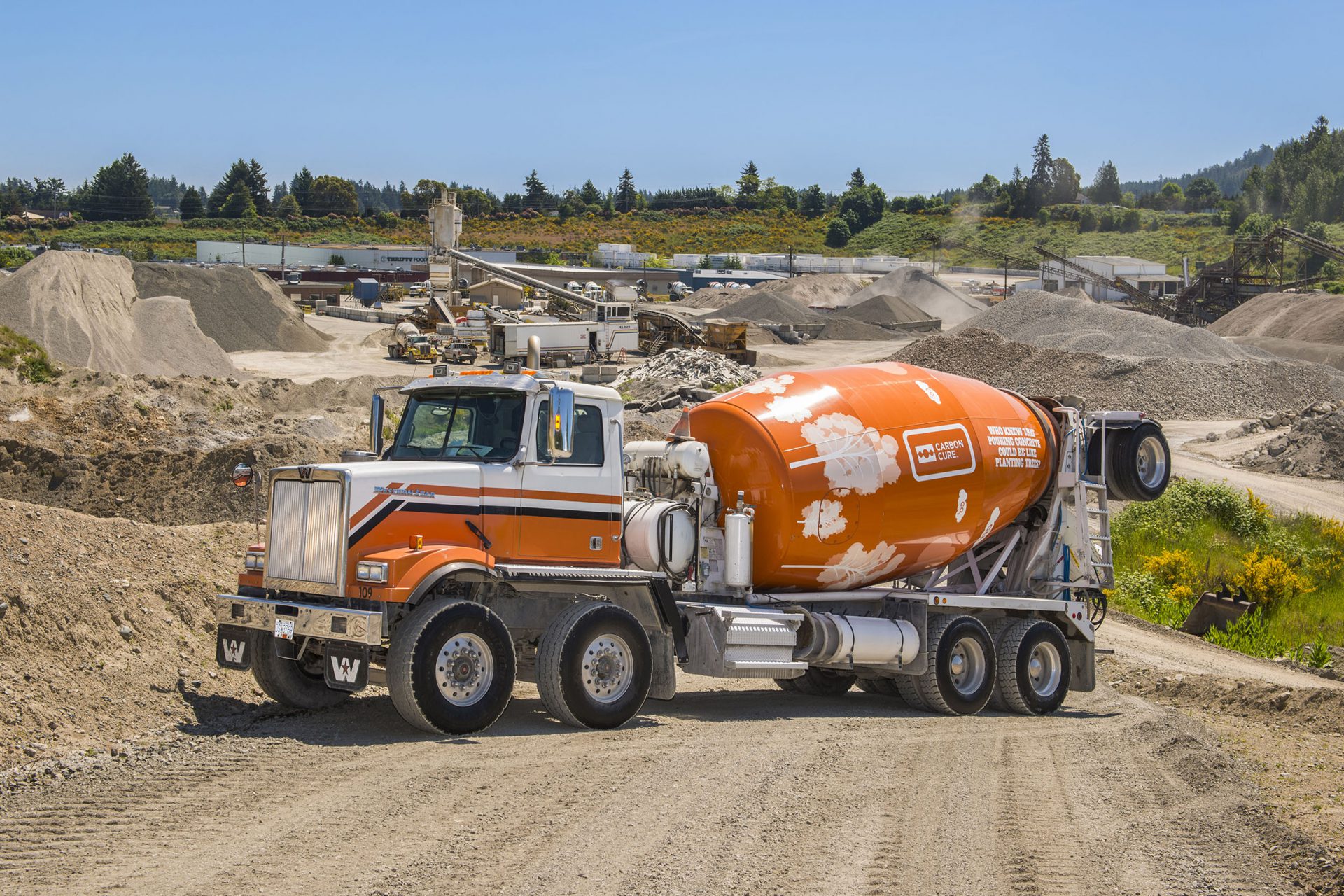
That is not to say, however, that the outlook is one of complete pessimism. Across the industry, huge leaps in innovation and technology are being made. Ground breaking developments in science and machinery are being developed that are assisting the construction world in managing the necessary adaptations. Furthermore, the Global Cement and Concrete Association has recently committed to driving down and eliminating all CO₂ emissions throughout the industry by 2050. According to Dinah McLeod, GCCA Executive, this represents a huge, but ultimately essential, challenge. ‘’As we face the challenges for future generations and begin global economic recovery, concrete will be even more critical to building the sustainable world of tomorrow. That’s why we are making this commitment today, in order that our crucial industry aligns with global targets.’’
One company that is working towards this goal, and is already making huge strides towards drastically reducing the effects of concrete is CarbonCure. The company, which has designed a carbon utilization technology for concrete production is able to enable the reduction of cement content in concrete mixes while maintaining strength requirements. Cement, one ingredient in the production of concrete, has a huge CO₂ footprint. In fact, the material, which is usually made up of roasted limestone and silica, accounts for around 80% of concrete emissions. The technology that CarbonCure has designed achieves massive reductions through purifying waste CO₂ emissions that are collected from local industrial emitters. From there, the purified CO₂ is connected to CarbonCure’s technology, allowing it to be injected into fresh concrete. There are two benefits to this process, it eliminates carbon from the built environment by removing the need to use CO₂ heavy cement as part of the mix, and it permanently stores previous waste emissions. According to the company, not only does this process have huge benefits from an environmental perspective, it also increases the concrete’s strength. If this technology is to be used widely in the future, this will be a key determining factor for developers and contractors.
“The technology that CarbonCure has designed achieves massive reductions through purifying waste CO₂ emissions that are collected from local industrial emitters.”
However, CarbonCure is not content with simply being a participant in achieving the overall emissions targets. The company has also set its own goals, ones that are far reaching and hugely ambitious. The vision is to ensure that the carbon dioxide removal technology CarbonCure has designed will become standard for all concrete production around the globe. According to Robert Niven, CEO and Founder of the company, ‘’CarbonCure’s mission is to reduce 500 megatons (Mt) of CO₂ from the built environment annually by 2030. That is equivalent to taking 100 million cars off the road each year.’’ Robert believes that, while the industry as a whole is committed to reducing emissions, the methods that are currently being used are falling short, both from a reduction perspective and from a deadline point of view. ‘’While the construction industry has been adopting carbon reduction technologies and best practices, many of the technologies available today such as improvements in energy efficiency, increased use of alternative fuels and a reduced clinker/cement ratio, are insufficient. They simply won’t drive down the CO₂ emissions sufficiently to meet the fundamental goals of the Paris Climate Agreement. Disruptive solutions take too long to deploy and are often costly, without offering economic value in return. They can also result in some facilities becoming obsolete, or stranded.’’



Justin Lazenby of Thomas Concrete
This is a huge contributing factor towards the widescale implementation of any emission lowering initiative. However, as with any aspect of business, it needs to be viable and beneficial on a number of levels before it will be adopted. While there may be agreement and take-up by small numbers of sustainability minded companies, in order to gain the traction needed to meet global targets there needs to be widespread adoption across a varying number of industries and professions. This can only be achieved by being a commercially sound idea. As Robert explains, CarbonCure believes that their technology and product meets the need of the construction world on every level. ‘’Our vision is that concrete decarbonization and profitability are not mutually exclusive. Instead, our strategy is to create retrofit solutions for the concrete industry with very low barriers to adoption. These solutions reduce the carbon footprint while boosting profitability, raising quality, increasing resource circularity, and creating a differentiated sales advantage. By working alongside our industry partners, construction end-users, government and policymakers, and other innovators, we can effectively decarbonize the industry.’’ It may seem as though the figures, stark as they may seem, are insurmountable. The challenge facing citizens of the world in reducing carbon emissions make for grim reading. What differs however, something that provides hope and positivity, is that there are finally a number of strategies, targets and technologies capable of working collectively to achieve these goals. With research showing that 23 percent of the world’s top companies have committed to being carbon neutral by 2030, it seems as though the determination is out there. As these companies grow and develop, the innovation and technology that is now available must be utilized and prioritized; partnerships that these companies have within the construction world will be invaluable to ensure that this future growth and retrofitting work is sustainable and clean. This is a view which was also echoed by the GCCA. They believe that it is vital for industry leaders, consumers, suppliers and innovators to move forward as a global community. “The 2050 Climate Ambition represents our industry’s commitment to further reducing emissions and ensuring that the vital product we provide can be delivered on a carbon neutral basis by 2050. There is a significant challenge involved in doing so and achieving alignment across our industry on a sustainable way forward is an important first step. We cannot however succeed alone and in launching our ambition statement we are also highlighting the need for our industry to work collaboratively with other stakeholders in support of our ambition for a more sustainable future.” There is a long road ahead towards meeting these targets and it will not be easy. What is clear though, is that the technology CarbonCure has designed is one of a number of critical strategies available to the construction industry as they embark on this collective challenge.









